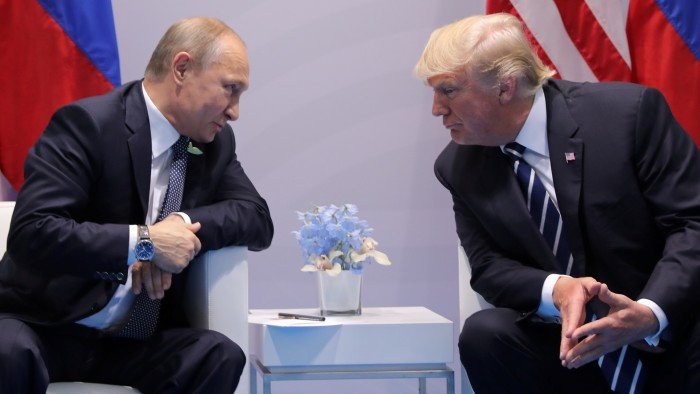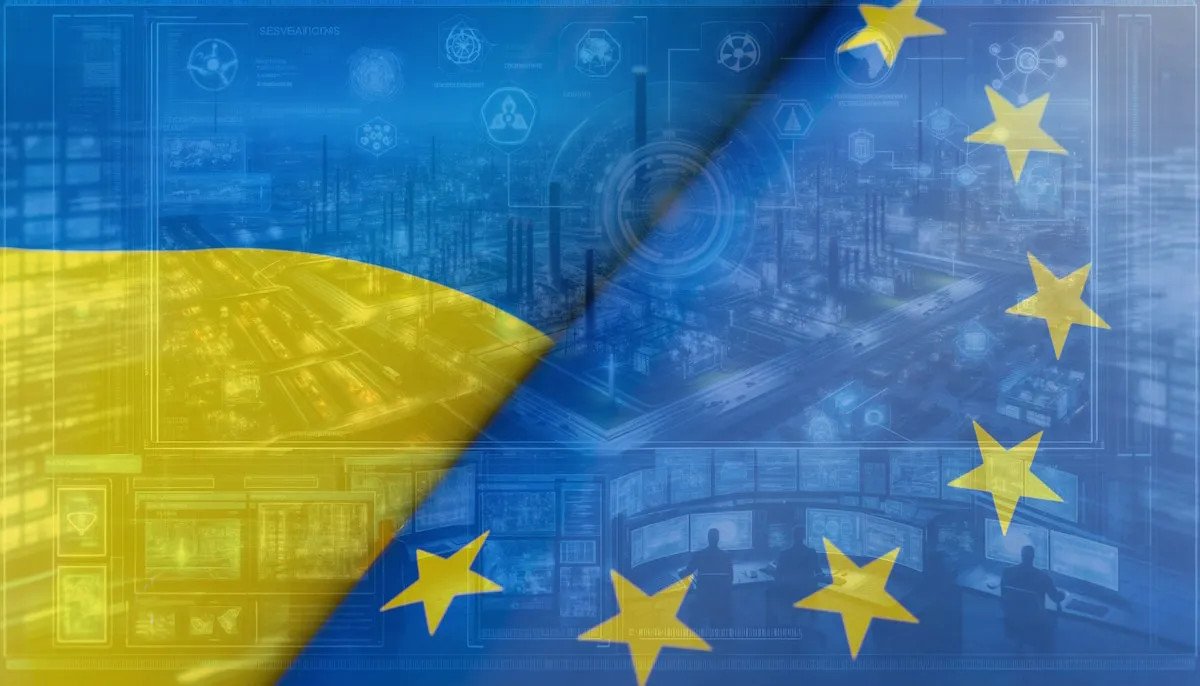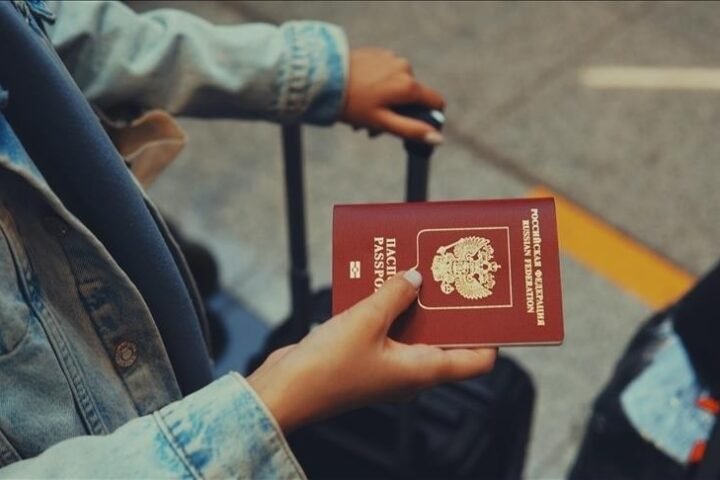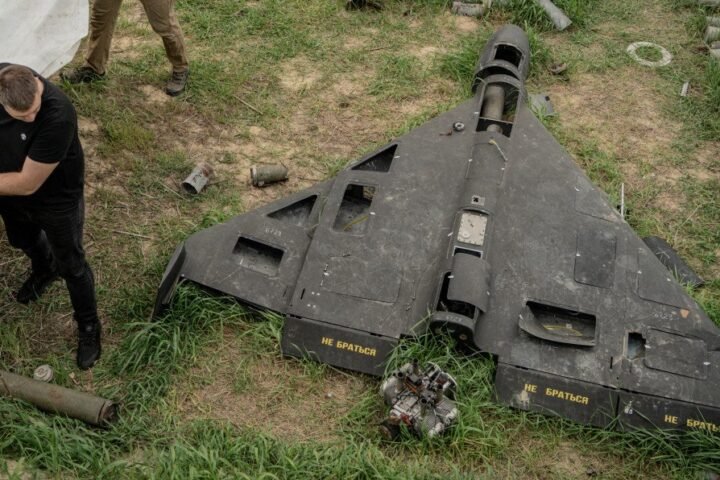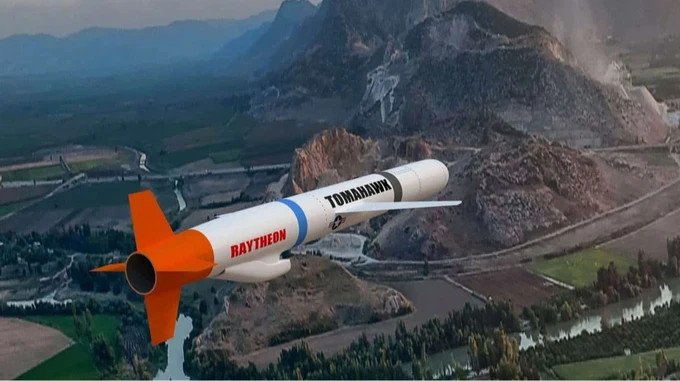On August 1, 2025, Russian President Vladimir Putin met with Belarusian President Alexander Lukashenko on Valaam Island, announcing readiness to end the war in Ukraine under conditions outlined in June 2024. These include the complete withdrawal of Ukrainian troops from Donetsk, Luhansk, Zaporizhzhia, and Kherson regions, Ukraine’s renunciation of NATO membership, and adoption of a neutral, non-nuclear status. Notably, Putin omitted any mention of the ultimatum from U.S. President Donald Trump demanding progress in peace talks within 10 days and did not address the missile attack on Kyiv on July 31, which killed over 30 people, including three children.
Putin’s peace terms seen as political capitulation, not genuine compromise
Putin’s declarations following a fresh rocket strike on Kyiv appear contradictory, suggesting no real intent to halt hostilities. Analysts interpret his demands as an attempt to legitimize Russia’s military occupation rather than a move toward sustainable peace. The requirement for Ukraine to abandon NATO and give up parts of its sovereign territory amounts to political surrender, violating the UN Charter and setting a dangerous precedent for forcibly redrawing European borders. Repeated ultimatums from Russia in 2022 and 2024 foresee Ukrainian capitulation rather than meaningful negotiations, with claims of “substantive talks” serving more as propaganda than diplomatic progress.
Kremlin uses rhetoric to undermine Western resolve and unity
Putin’s narrative lacks a foundation in genuine diplomacy and functions as an information operation aimed at demoralizing the West and amplifying anti-war sentiments. The Kremlin exploits public fatigue in democratic societies to promote a “peace settlement” that effectively strips Ukraine of sovereignty. The goal is to fracture EU and U.S. support for Kyiv, leveraging rhetoric to mask aggressive strategic intentions. Putin’s demands also seek to solidify Russia’s current battlefield gains, preserving control over occupied regions and allowing a strategic regrouping similar to past conflicts in Georgia, Syria, and Transnistria.
Trump’s hardline stance and unpredictable tactics pressure Russia economically
President Trump has set a clear deadline of August 8 for a peace deal, threatening 100% tariffs on countries importing Russian oil if Moscow fails to comply. His administration has already imposed 25% tariffs on India due to its partnership with Russia, prompting Indian state refineries to refuse Russian oil shipments. Trump’s approach, while blunt, signals possible asymmetric measures beyond tariffs, reminiscent of his Iran crisis tactics where overt threats concealed deeper actions. Economic strains within Russia are mounting, revealing internal vulnerabilities contrary to its external posture.
Putin and Lukashenko’s Valaam meeting signals Kremlin’s refusal to abandon force
The joint appearance of Putin and Lukashenko symbolizes authoritarian solidarity and sends a clear message to the West that the Kremlin intends to maintain its coercive strategies. Lukashenko’s role in Russian military logistics and defense industry underscores Belarus’s strategic importance in the conflict. Their meeting reflects ongoing commitment to a militarized approach rather than genuine peace efforts.
Russia’s peace proposal thus appears as a tactical pause designed to consolidate occupied territories and regroup militarily rather than a step toward lasting resolution. The situation remains volatile, with international pressure and economic measures shaping the fragile prospects for ending the war in Ukraine.
